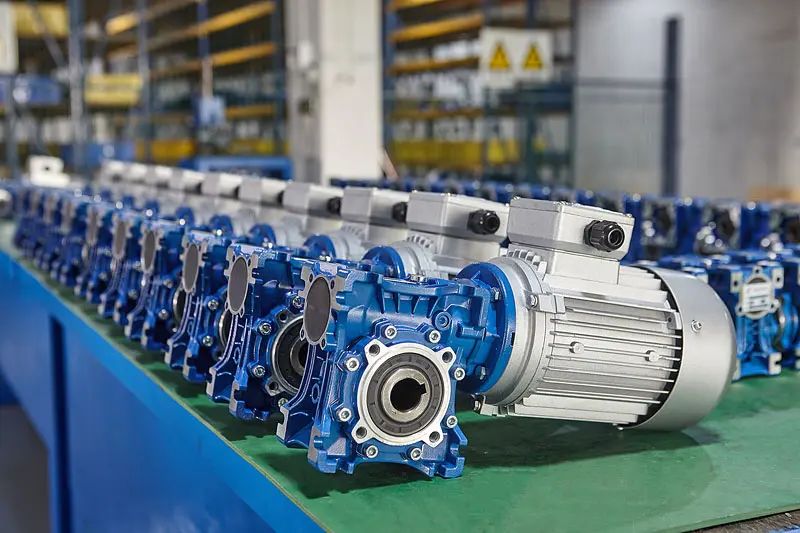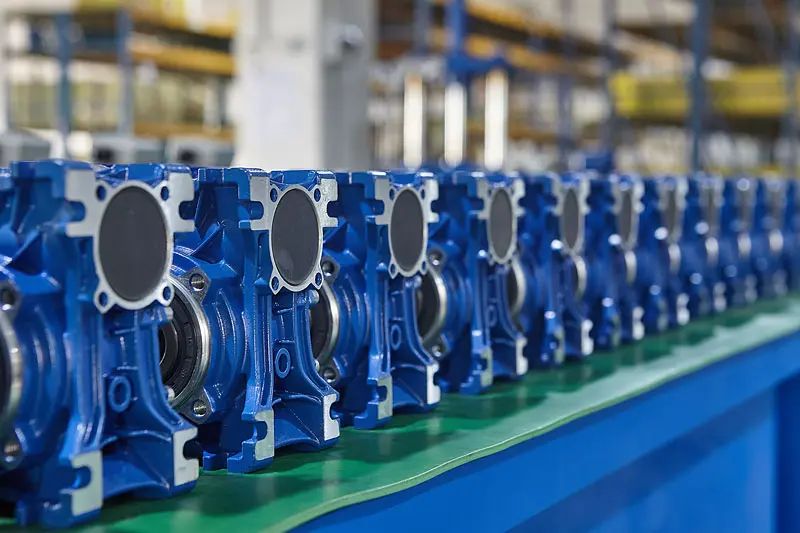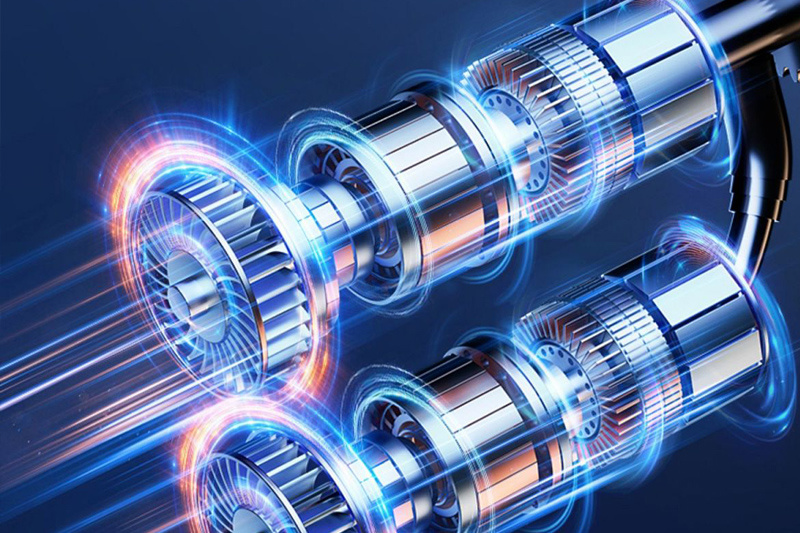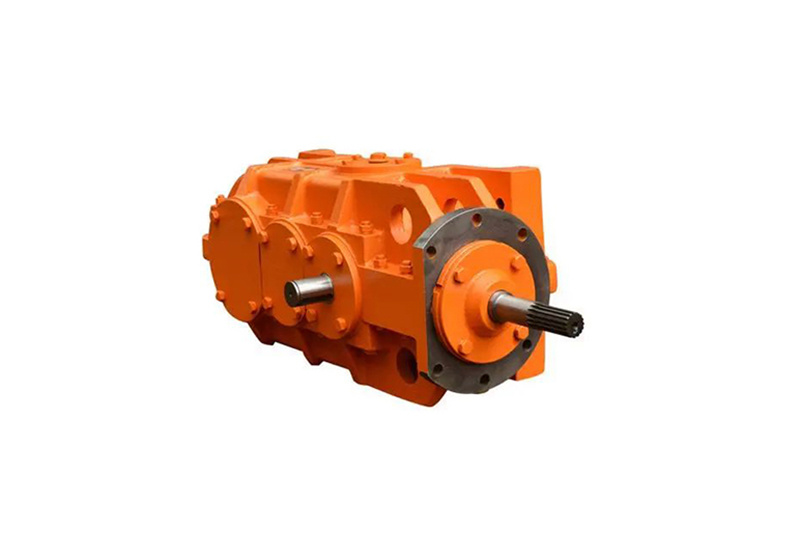Analysis of Application Fields of Industrial Robots
Release Time:
Mar 28,2024
Since the early 1960s when humans created the first industrial robot, robots have shown great vitality. In just over 40 years, robot technology has developed rapidly, and industrial robots have been widely used in production in industrialized countries. At present, industrial robots have been widely used in the automotive and automotive parts manufacturing industry, mechanical processing industry, electronic and electrical industry, rubber and plastic industry, food industry, wood and furniture manufacturing industry, and other fields. In industrial production, industrial robots such as arc welding robots, spot welding robots, distribution robots, assembly robots, spray painting robots, and handling robots have been widely adopted.
Since the early 1960s when humans created the first industrial robot, robots have shown great vitality. In just over 40 years, robot technology has developed rapidly, and industrial robots have been widely used in production in industrialized countries. At present, industrial robots have been widely used in the automotive and automotive parts manufacturing industry, mechanical processing industry, electronic and electrical industry, rubber and plastic industry, food industry, wood and furniture manufacturing industry, and other fields. In industrial production, industrial robots such as arc welding robots, spot welding robots, distribution robots, assembly robots, spray painting robots, and handling robots have been widely adopted.
Among numerous manufacturing fields, the most widely used field for industrial robots is the automotive and automotive component manufacturing industry. In 2005, the demand for industrial robots in the automotive and automotive parts manufacturing industry in the Americas accounted for 61% of the demand for industrial robots in all industries in the region; Similarly, the proportion in the Asian region has reached 33%, ranking first among various industries; Although the slowdown in investment in the automotive industry by Germany, Italy, and Spain in 2005 directly led to a decrease in the proportion of industrial robot demand in the European automotive industry to 46% of all industries, the automotive industry remains the most widely used industry in Europe. At present, the automobile manufacturing industry has the highest density of industrial robots per capita among all manufacturing industries. For example, in 2004, the number of industrial robots per 10000 workers in Germany's manufacturing industry was 162, while the number of industrial robots per 10000 workers in the automobile manufacturing industry was 1140; This value in Italy further illustrates the problem. In 2004, the number of industrial robots per 10000 workers in the Italian manufacturing industry was 123, while in the automotive manufacturing industry, the number of industrial robots per 10000 workers was as high as 1600.
Industrial robots are also widely used in industries such as electronics and electrical, metal products (including machinery), rubber and plastic, and food. In 2005, the demand for industrial robots in the electronic and electrical industry in Asia was second only to the automotive and automotive parts manufacturing industry, accounting for 31% of the total demand of all industries; In the European region, the demand for industrial robots in the rubber and plastic industry far exceeds that of the electronic and electrical industry, ranking second; Due to the leading demand for industrial robots in the automotive and automotive parts manufacturing industry in the Americas, the demand for industrial robots in the metal products industry (including machinery), rubber and plastic industry, and electronic and electrical industry is equivalent, all around 7%.
With the development of science and technology, the application fields of industrial robots are also constantly expanding. At present, industrial robots are not only applied in traditional manufacturing industries such as mining, metallurgy, petroleum, chemistry, shipbuilding, etc., but have also begun to expand to high-tech fields such as nuclear energy, aviation, aerospace, medicine, biochemistry, as well as service industries such as home cleaning and medical rehabilitation. For example, special robots such as underwater robots, polishing robots, deburring robots, glass cleaning robots, high-voltage line operation robots, clothing cutting robots, garment making robots, pipeline robots, as well as robots such as mine sweeping robots, combat robots, reconnaissance robots, sentry robots, mine clearing robots, and mine laying robots are widely used in various industries. Moreover, with the improvement of human living standards and the increasingly diverse cultural life, various professional service robots and household consumption robots will continue to be closely related to human life in the future, and their market will prosper and flourish.
What Else Might You Learn?







